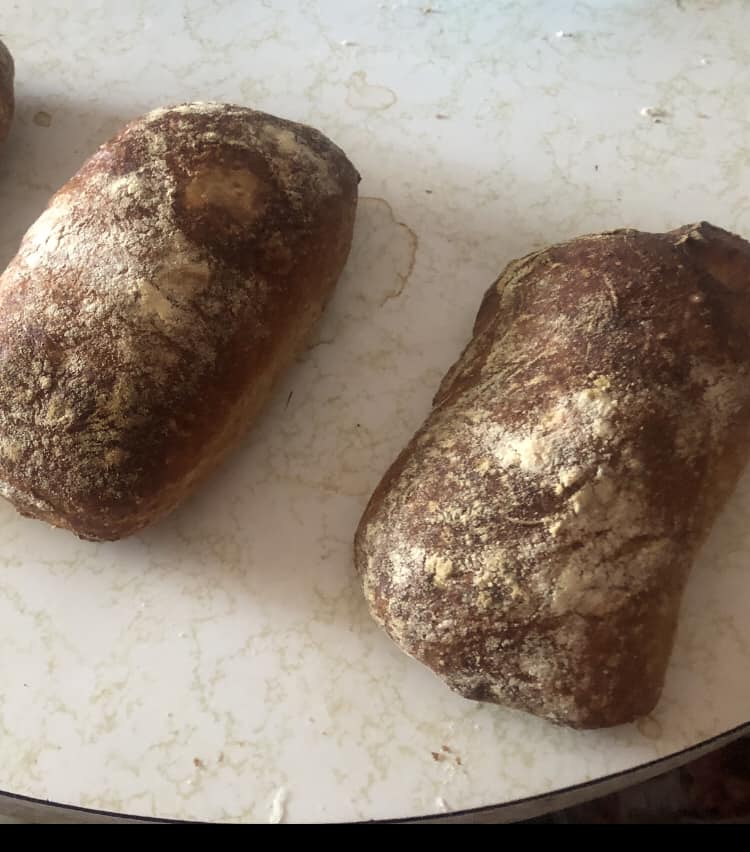Quark Bread

A while back I had made this Hamelman "Farmer's Bread" with yogurt, per his directions, and found it boring. But after a friend dropped off some home-made Quark cheese this week, I decided to give it another go since he mentioned he was recreating a quark bread from his days in germany. And it's really good! A nice pain-au-levain type taste in only 4 hours start to finish.







